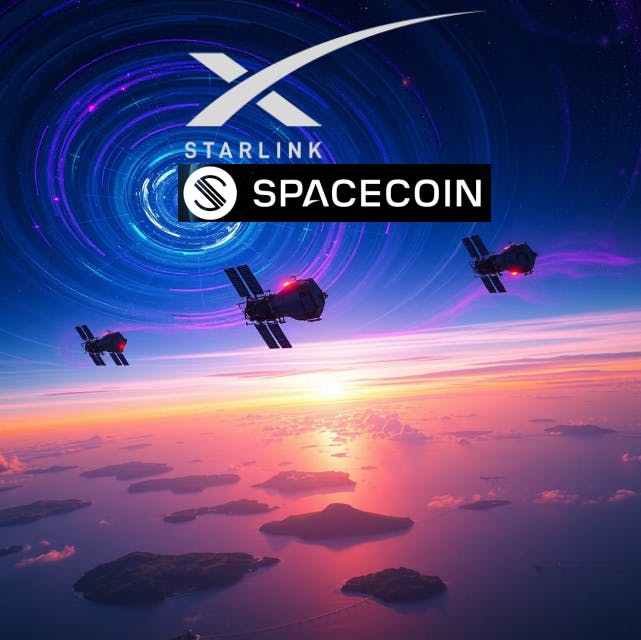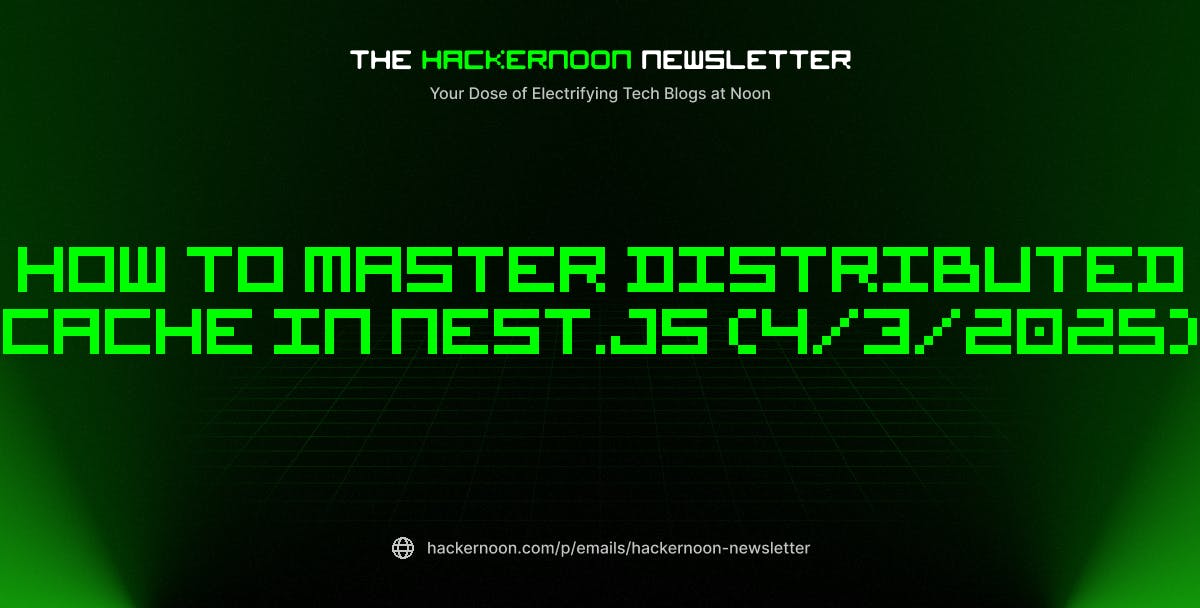When I recently posed the question “Who Even Needs Undersea Cables for the Internet Anymore?” I did not expect events to validate my perspective quite so dramatically or quickly. The reliance on undersea submarine cables, once the backbone of global connectivity, appears increasingly antiquated in light of recent technological breakthroughs.
The theoretical discussion of satellite internet supremacy transformed into practical reality when SpaceX made a ground-breaking announcement. As reported by PCMag on January 3rd, “Each V3 Starlink satellite will have 1 Tbps of downlink speeds and 160 Gbps of uplink capacity, which is more than 10x the downlink and 24x the uplink capacity of the V2 Mini Starlink satellites.” This isn’t just an improvement, it’s a complete re-imagining of global connectivity’s future.
This development has profound implications for Spacecoin’s blockchain-powered satellite network. The convergence of high-bandwidth satellite technology and blockchain governance could create something entirely new: a system that’s both incredibly powerful and truly democratic. While traditional infrastructure providers risk becoming centralized authorities in our digital age, the combination of Starlink’s proven satellite capabilities and Spacecoin’s blockchain governance model offers an alternative path.
For the Pacific Islands, where I live and work, this evolution represents an unprecedented opportunity. Our region has long struggled with the limitations and vulnerabilities of traditional infrastructure, particularly during natural disasters when communication systems are most crucial. Rather than playing catch-up, we could pioneer the adoption of this new paradigm, leveraging satellite networks that provide both resilience and transformation.
The implications extend far beyond basic internet access. When each node in a blockchain network can process and transmit data at terabyte speeds while maintaining security and transparency, we’re looking at a fundamental shift in how human beings connect and interact. This isn’t about replacing one technology with another, it’s about the transformation of the very nature of global connectivity.
The potential for collaboration between Starlink and Spacecoin particularly intrigues me. These aren’t competing visions so much as complementary approaches to solving humanity’s connectivity challenges. Such a partnership could ensure that satellite providers enhance rather than restrict digital democracy.
Yesterday while we were out on the beach with my family, as I watched the sun set over the Pacific Ocean, I can imagine a cargo ship passes through the horizon, likely carrying materials for yet another undersea cable repair. I can’t help but smile at the irony. The future of connectivity isn’t buried beneath these vast waters but soaring high above them, in a network of satellites governed by the very people it serves. For those of us in the Pacific, and indeed for people everywhere who have struggled with digital isolation, this evolution couldn’t come soon enough.
The most exciting part? We’re just at the beginning. As these technologies mature and converge, we’re not just solving today’s connectivity challenges, we’re laying the foundation for tomorrow’s world. And from where I sat on the sand at the beach, watching the stars begin to appear over the Pacific, that future looks brighter than ever.










